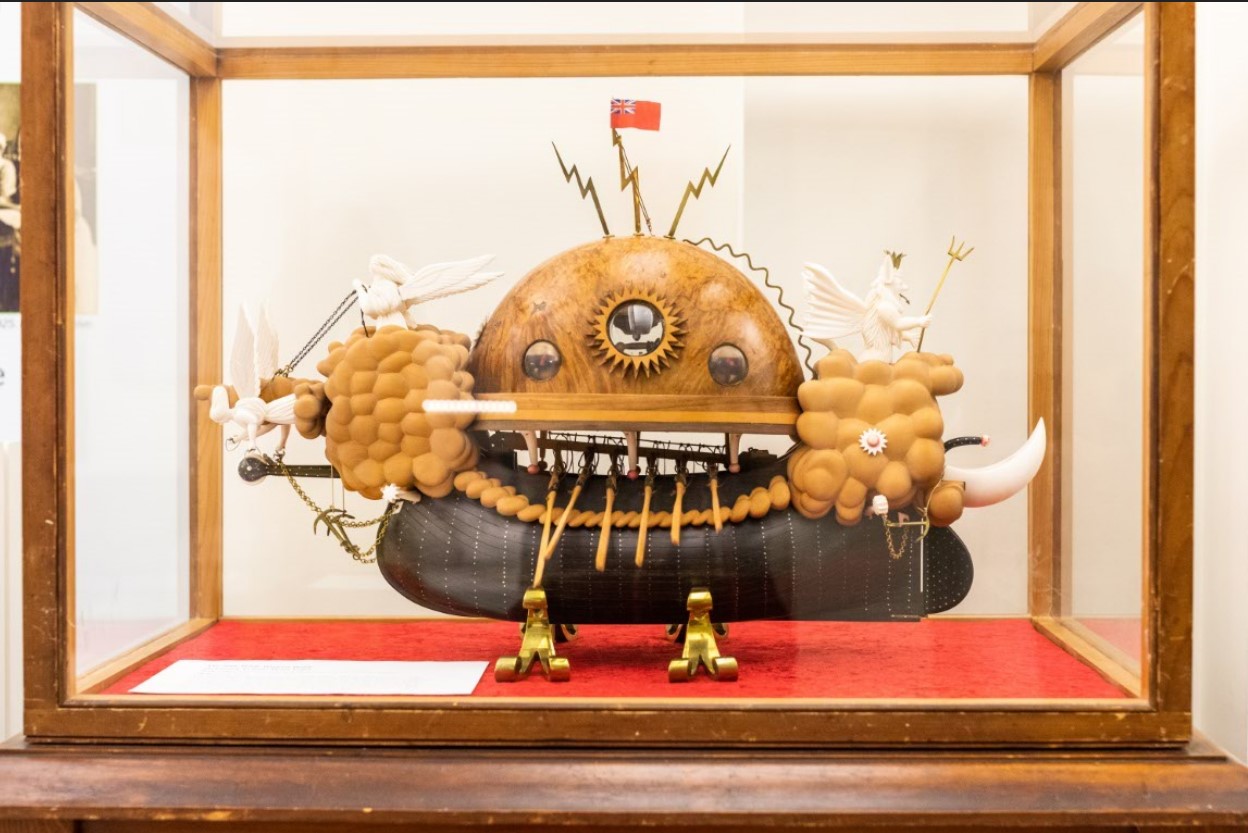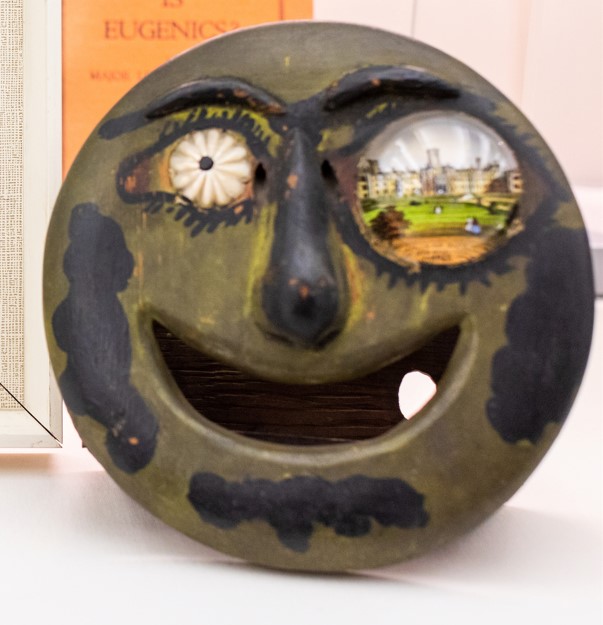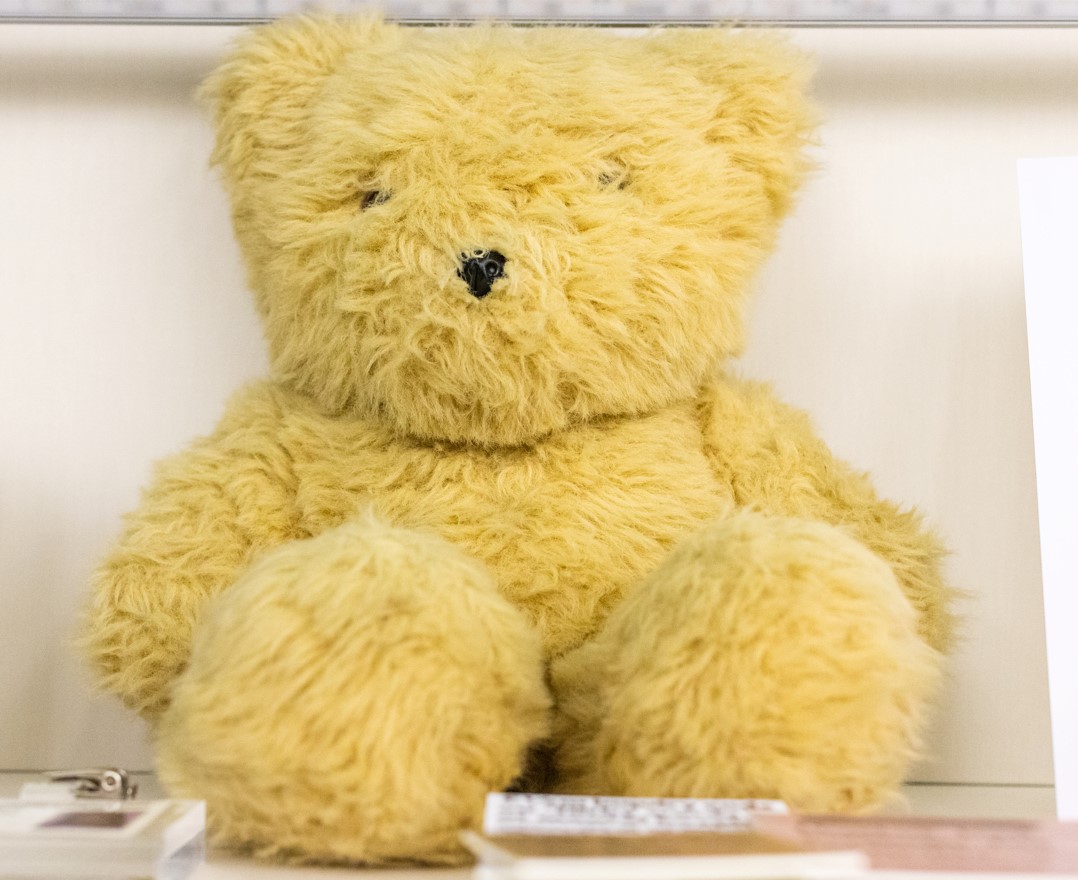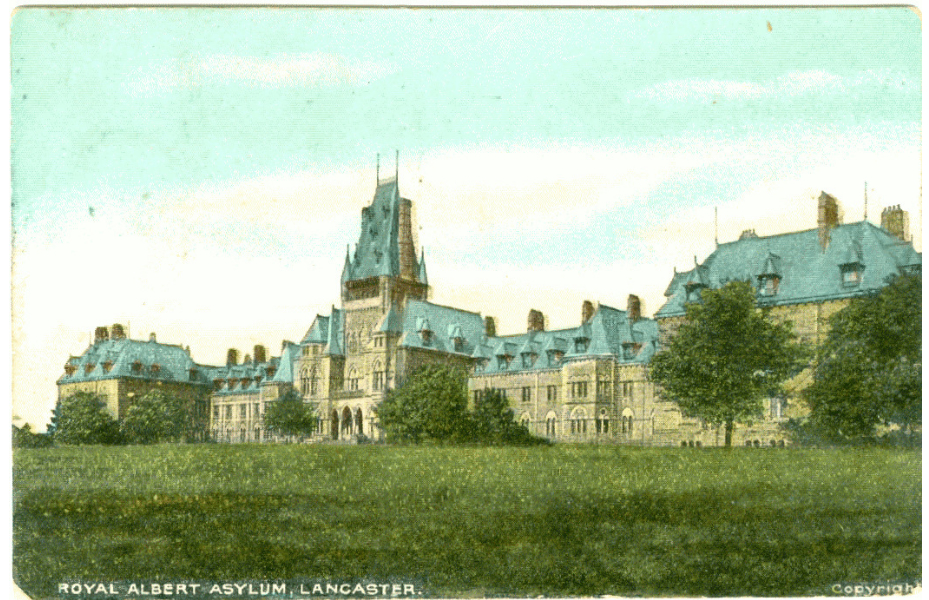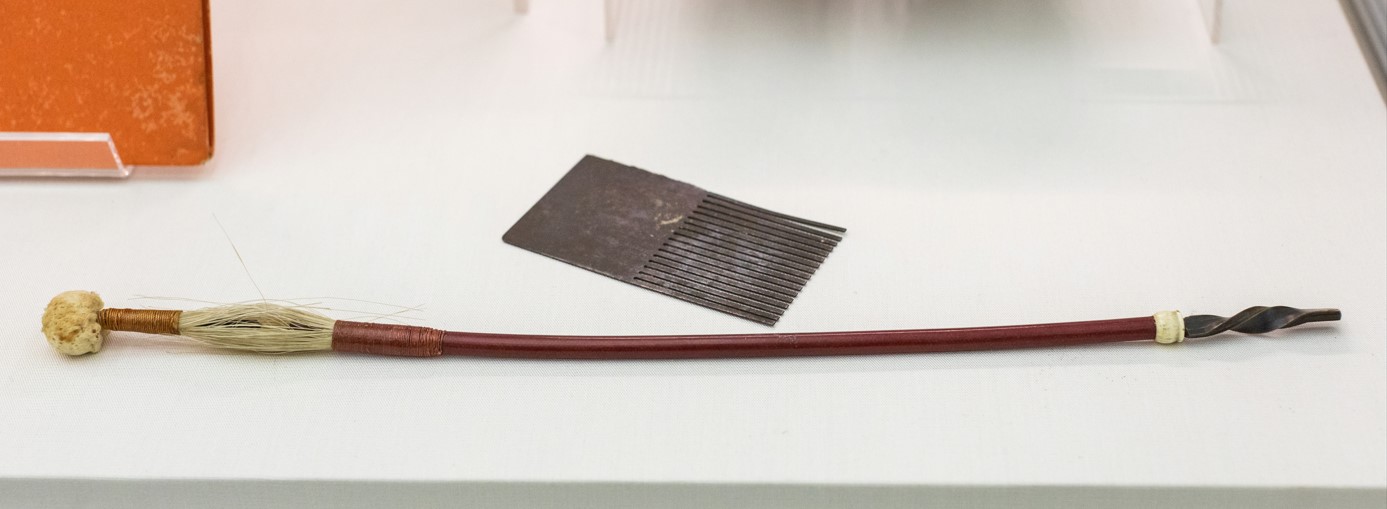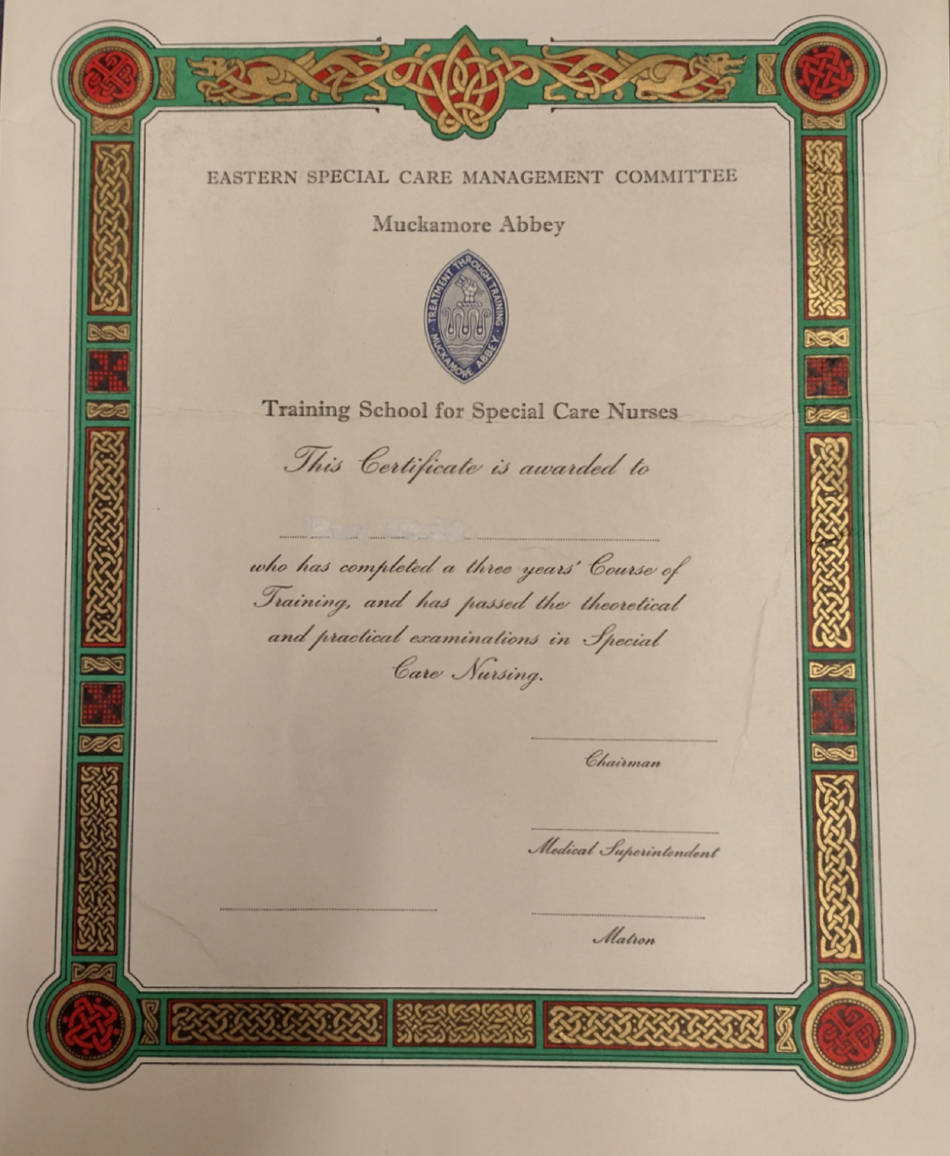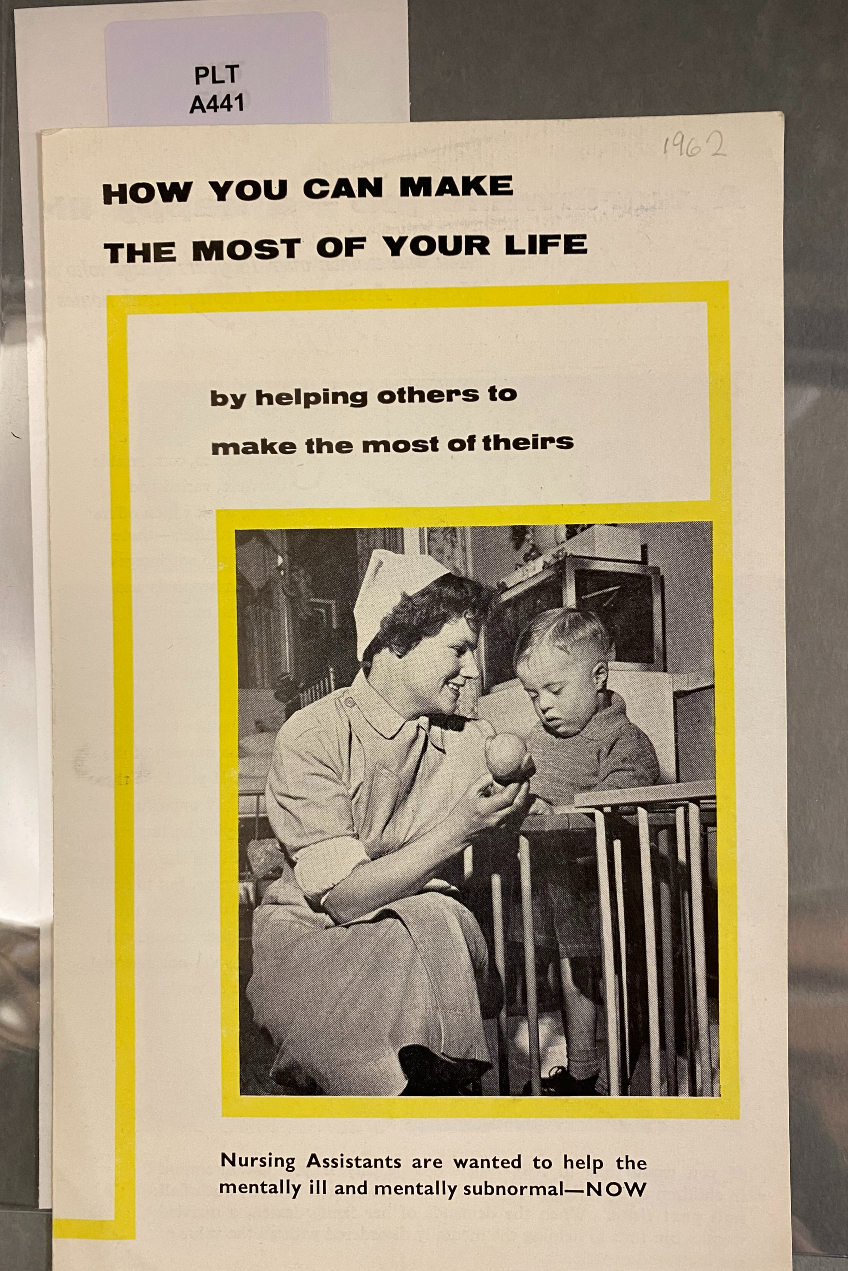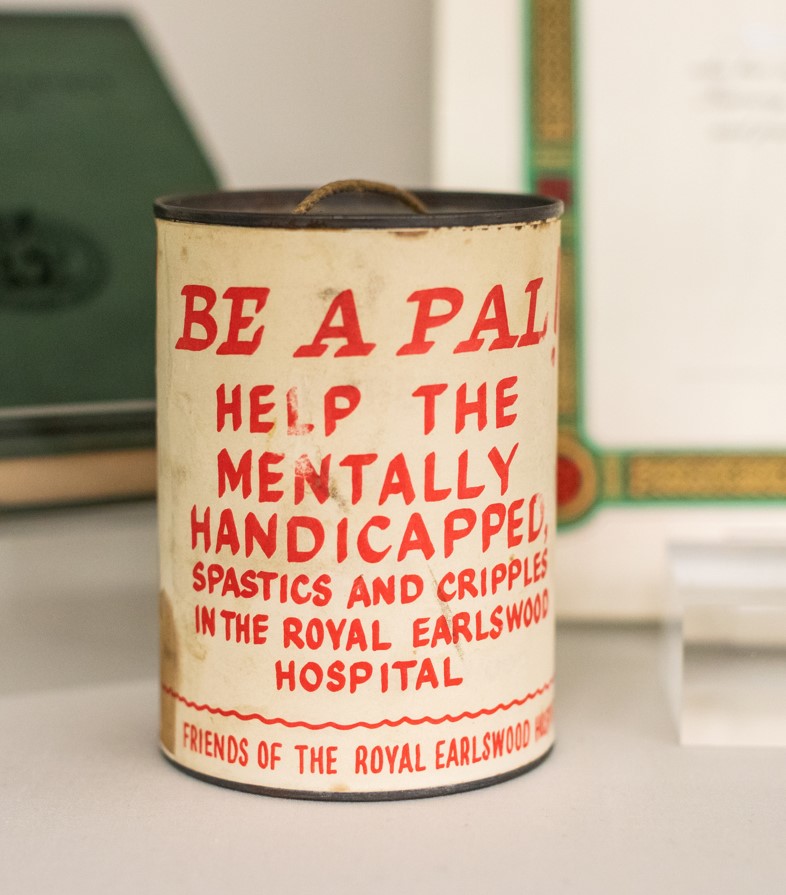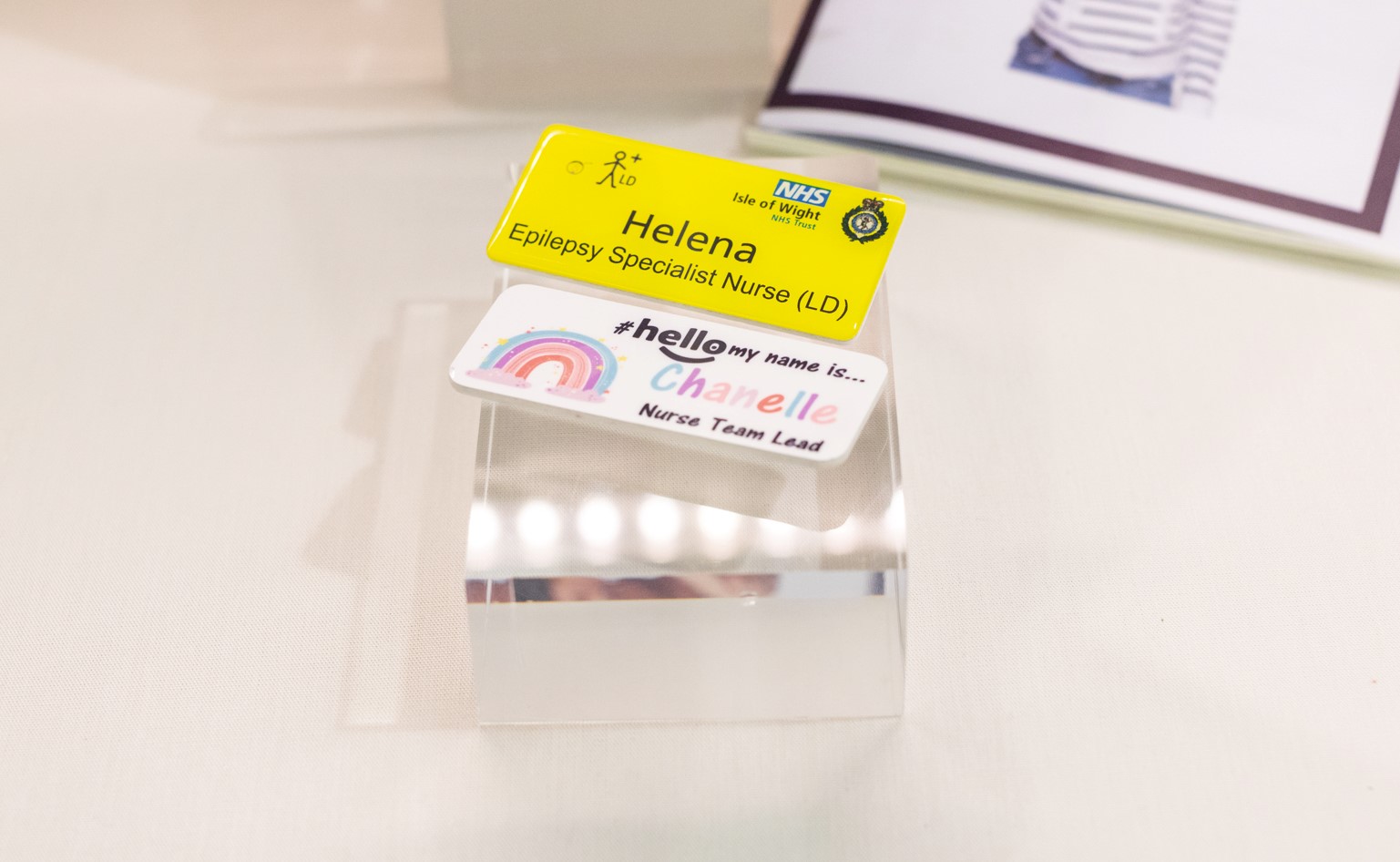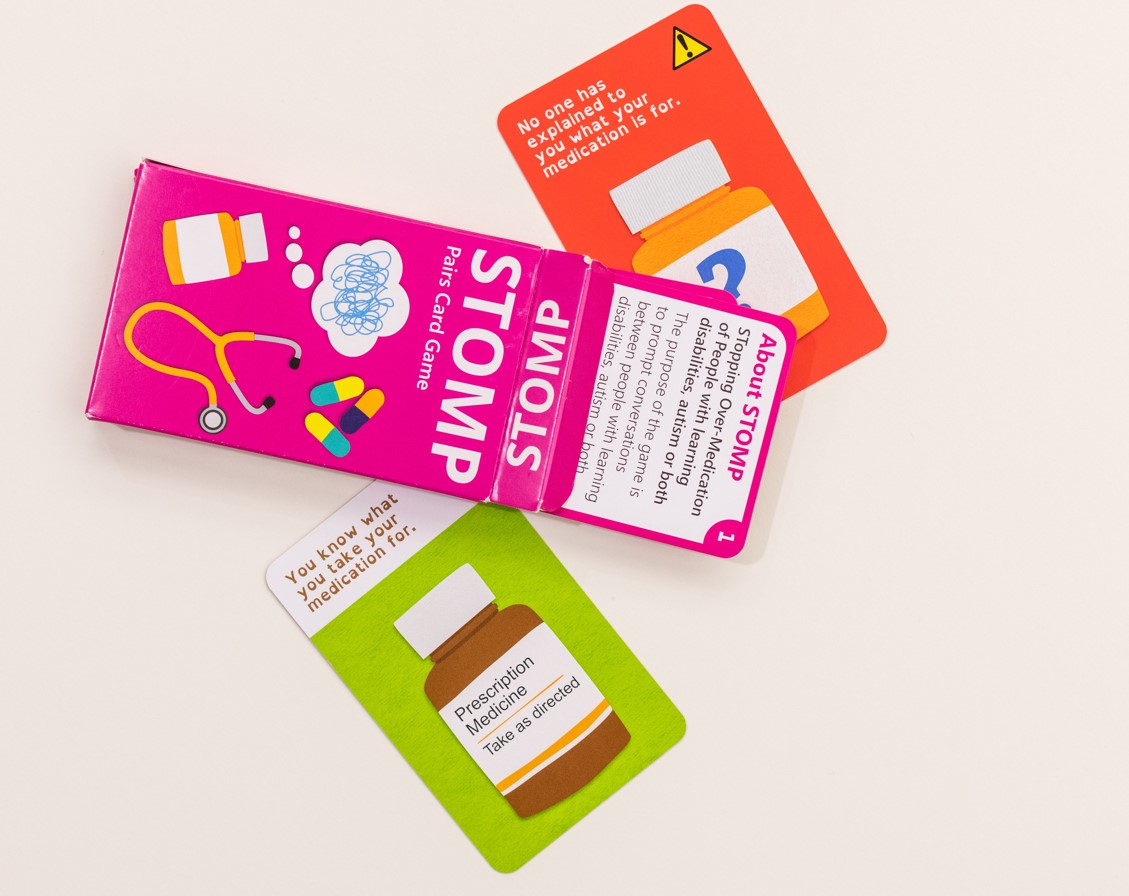It is a specialist part of the wider family of nursing and takes place in all sorts of environments.
This exhibition traces the fascinating origins and journey of learning disability nursing over the last 150 years.
The story starts in the 1800s, when people with learning disabilities were often kept away from society in workhouses or large institutions known as asylums. Today, many people with learning disabilities live independently, some with specialist support. Everyone is different and all individuals have unique needs. For this reason, learning disability nurses work in a variety of places: in the community, hospitals and hospices, in mental healthcare settings and within prisons.
In fact, nurses work anywhere people with learning disabilities are.

Learning Disability Nurses were not always nurses.
It was not until the Nurses Registration Act of 1919 that learning disability nursing was recognised as a distinct field of nursing practice. Before that, they were often known as attendants, based in ‘mental deficiency’ institutions or asylums. Training was provided by the Royal Medico-Psychological Association, a professional organisation for psychiatrists. This reflected the control that doctors had over these facilities and their residents.
At first, institutions aimed to teach skills to people with learning disabilities so they could be discharged back into their own communities. But over time they became places of containment. Fears about the health of the general population were sparked by the eugenics movement in the early twentieth century. People with learning disabilities came to be seen as a threat to a ‘healthy’ society.
Most institutions were closed communities with strict regimes. They were self-sufficient and some had their own farms, chapels, and craft workshops. Life was very regimented for both the nurses who worked in them and the patients who lived there. Reports criticising long-stay institutions began to be published from the late 1950s. They described impoverished and squalid living conditions and a lack of privacy for patients.
Many staff had custodial attitudes towards people in their care. Change was urgently needed.
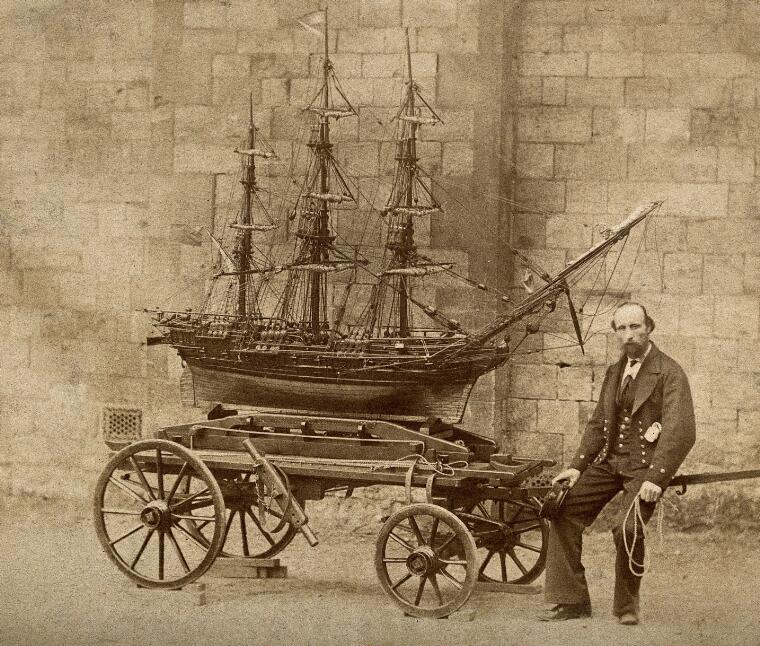

Language tells us a lot about attitudes towards people with a learning disability.
Medical terms often become insults. ‘Idiot’, ‘moron’, and ‘imbecile’ were all medical categories in the 1800s and early 1900s. Today, these labels are considered offensive and dehumanising.
In 1913, the Mental Deficiency Act defined people with a learning disability as being ‘mentally defective’ or ‘feebleminded’, and recommended their segregation from others. Feeble-minded was a very broad category. It included unmarried mothers, minor criminals and people living in poverty. These groups were all viewed negatively by society.
Nursing titles changed as medical language did. In the first half of the twentieth century, nurses caring for people with a learning disability were known as mental deficiency nurses. Around 1950 they became mental subnormality nurses, and by the 1970s mental handicap nurses. The term learning disability nurse was introduced in the 1990s.
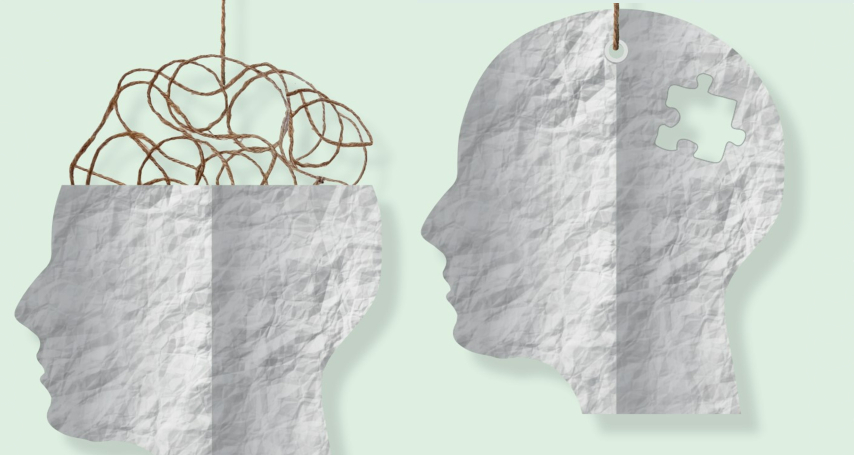
From the 1970s until 2000, learning disability nursing changed enormously.
Sadly, progress was initiated by scandal and ongoing failings in care. Many of these issues were played out in the public eye, in news coverage and documentaries.
Reports on institutional care spoke of neglect, abuse and poor conditions. Staff and management structures were sometimes part of the problem. In other instances, staff blew the whistle. At Normansfield Hospital, Richmond upon Thames, nurses went on strike in 1976 to protest the conditions in which patients were forced to live.
A slow transition began, moving away from institutional services towards personalised, holistic care in community settings.
Long-stay facilities began to close, and people with a learning disability gradually moved out of these segregated environments. Some moved into their own home for the first time.
During this period, learning disability nursing began to expand beyond its narrow remit within institutions. By 1982, a new training syllabus taught an approach that put the person and their community first. It highlighted the role nurses have in helping people build skills and independence – from shopping and cooking to finding a job or simply going out with friends. Learning disability nurses started to specialise in other areas of practice too, such as epilepsy, mental health, families and sexual health.
Despite these changes, thousands of people with a learning disability remain in secure institutions.
Nurses are trying hard to enable residents to move from these settings and improve the quality of care within. Too many people and their families are still fighting for justice and appropriate individualised support.
People with a learning disability have the same rights as others.
They have the right to marry and have a family. They have the right to assert their independence and sexuality. They have the right to suitable treatment when ill and security in day-to-day life. Yet people with a learning disability remain vulnerable to having these human rights denied.
In the past, their rights have been refused by law as well as by staff in institutions.
When the 1913 Mental Deficiency Act forced people with a learning disability into asylums and hospitals, their choices became extremely limited. This was the era of eugenics, when social attitudes and government policies aimed to prevent certain people marrying or having children. Nurses in institutions cared for their patients, but also enforced these regulations. In some countries, people with a learning disability were forcibly sterilised by their carers. The Mental Deficiency Act was not repealed until 1959.
Today, learning disability nurses play an important role in upholding human rights and ensuring people in their care live the life they choose.
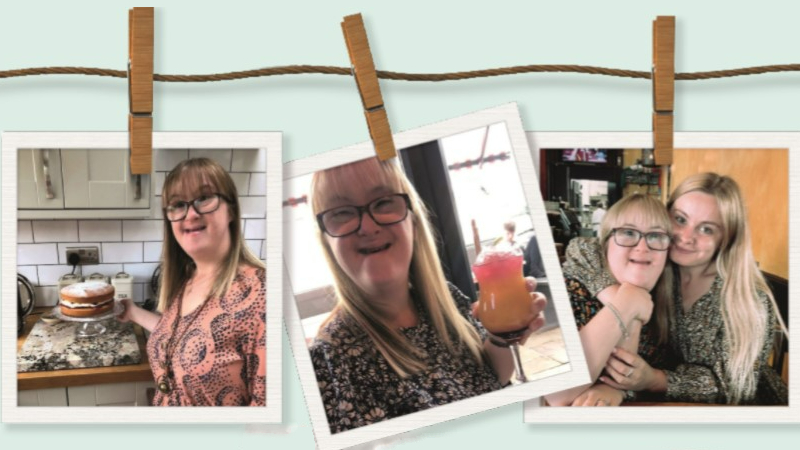

Learning disability nurses have seen extensive change in recent decades.
They have moved from institutions into the community, developing new services alongside people with a learning disability and their families. Challenges remain: negative attitudes towards learning disability persist, as do difficulties accessing the right educational, social or financial support.
People with a learning disability are known to be at greater risk of health problems. During the COVID-19 pandemic, not all fell into a high priority group for vaccination. For some, this was as good as a death warrant.
Learning disability nurses, along with clients and their friends and families, petitioned in enormous numbers.
They wanted to make sure people with a learning disability were prioritised for vaccination. The petition was successful. It was an important step towards upholding equality in human rights and protecting a positive post-pandemic future for those with a learning disability.


